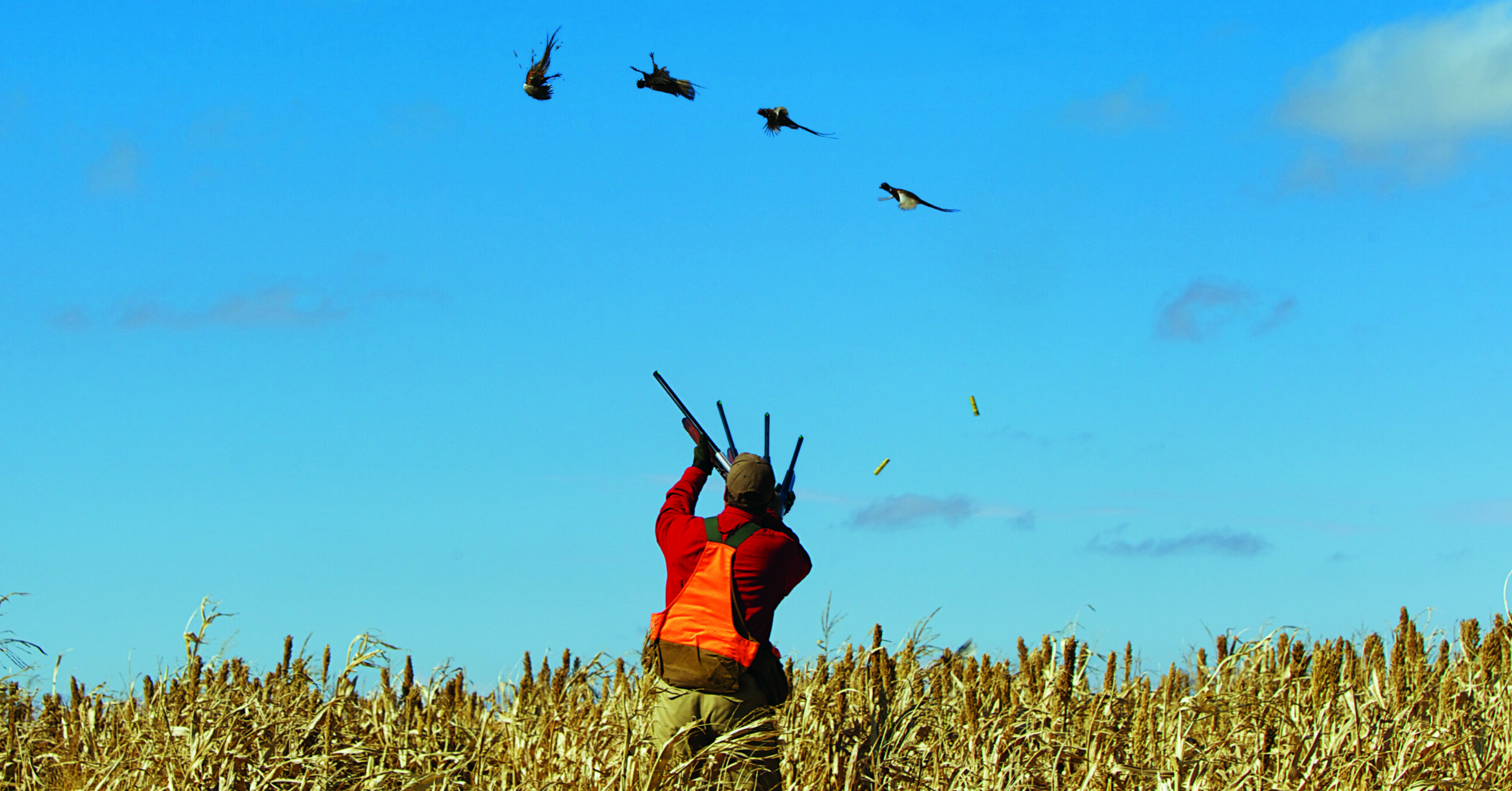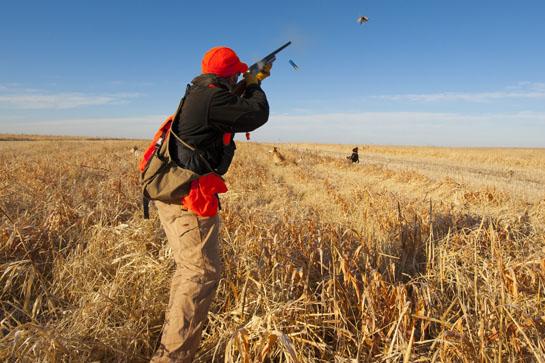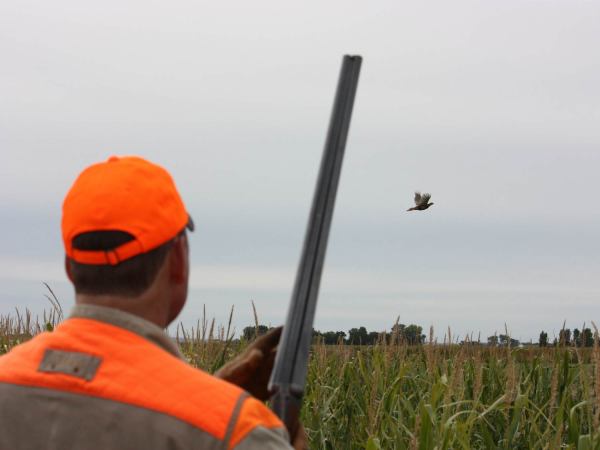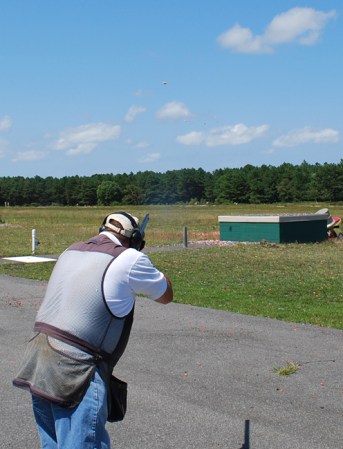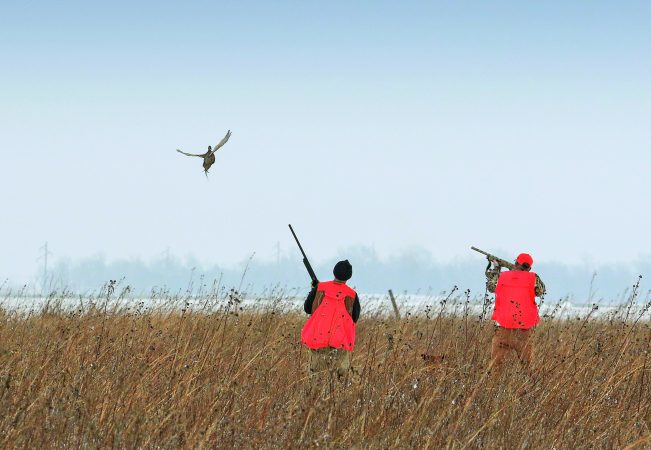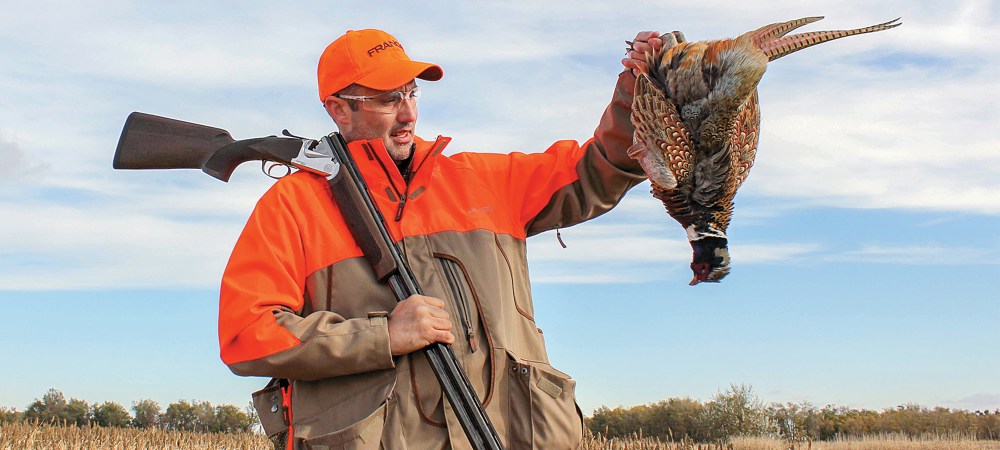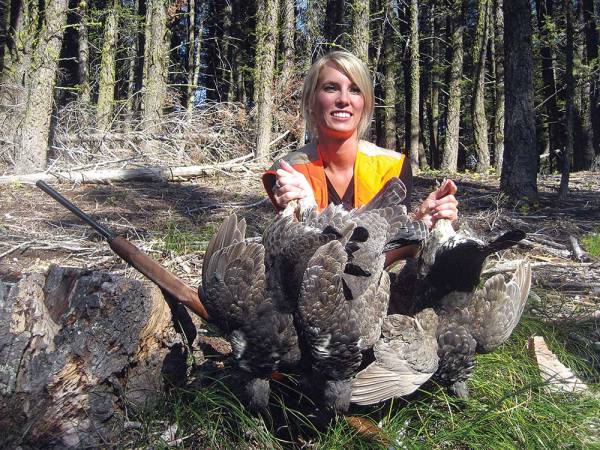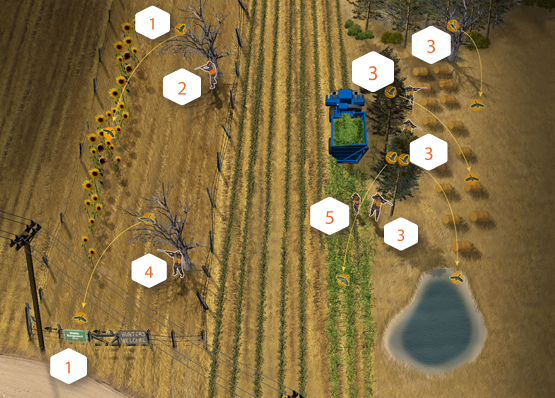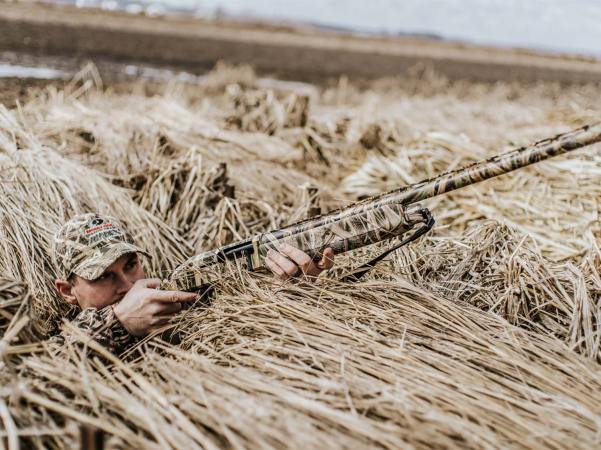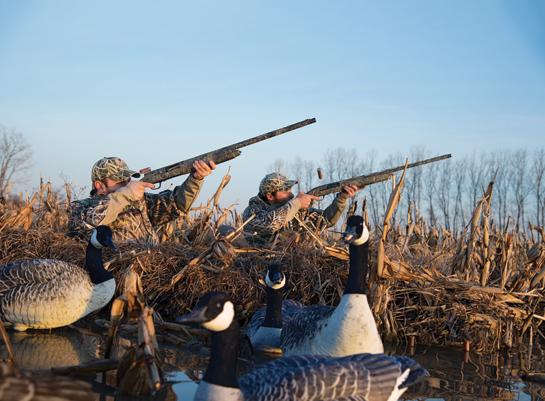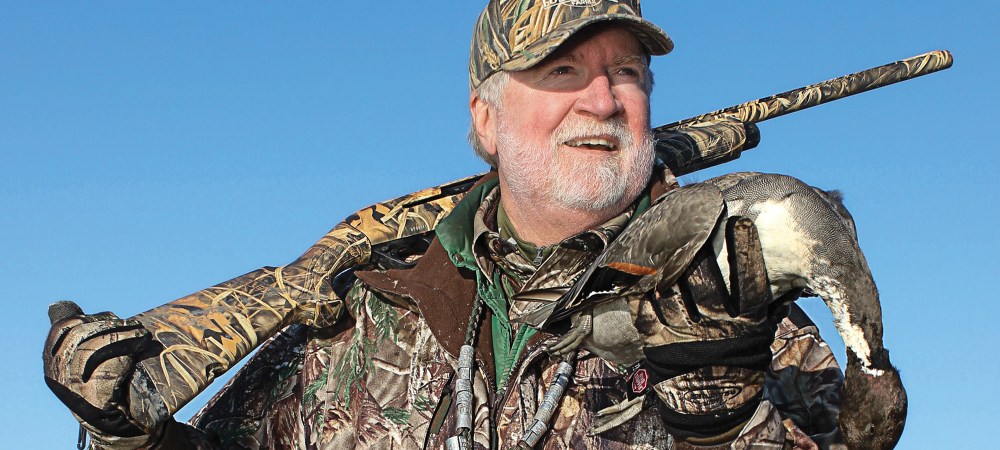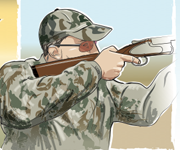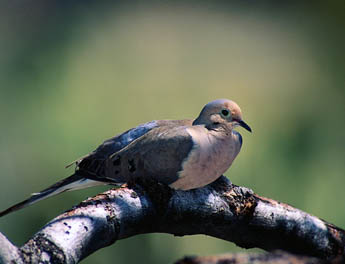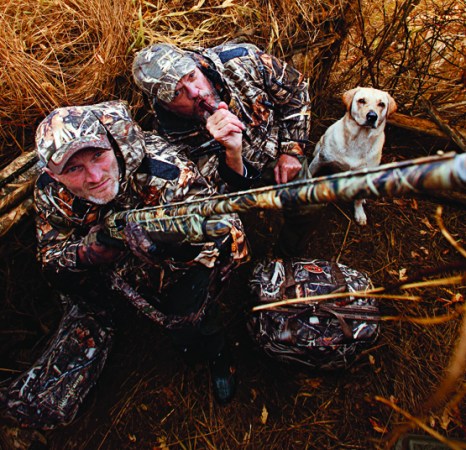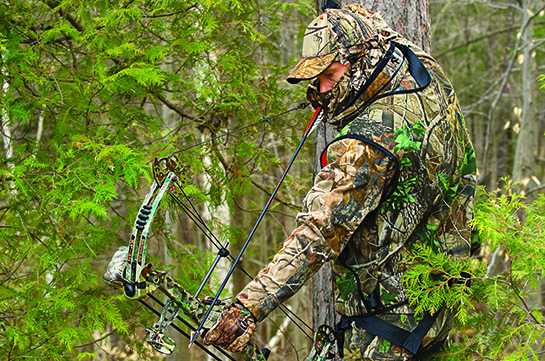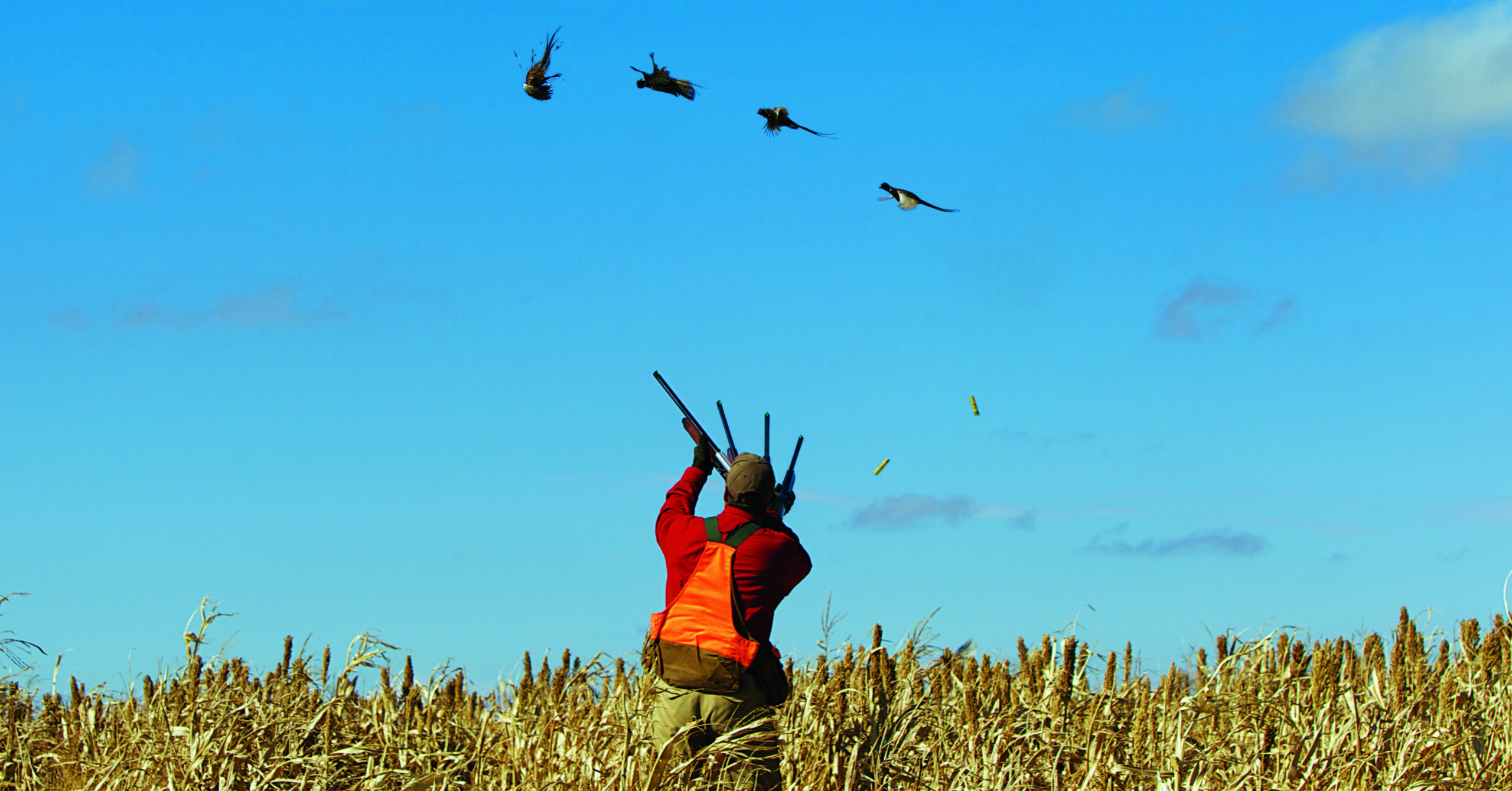
Skeet is fun, trap is addictive, and sporting clays may be the ultimate challenge, so indulge. Often. Just don’t assume that’s enough to prepare you for bird season. Shooting upland birds requires aerobic fitness, fast hand-eye coordination, mental acuity, and the ability to shoot quickly—sometimes from awkward positions. Here are some tips to help you practice all of those things.
1) Take a Hike
Commanding “pull” doesn’t bring up live birds. You have to work for them. The farther you can walk and feel strong doing it, the more birds you’ll encounter. So start walking. And do it in broken terrain, with tough weeds and grasses pulling at your legs. Speed isn’t as important as distance and duration. The more miles you can do in a day, the better.
2) Juggle
Successful bird shooting requires timing and hand-eye coordination. The best practice is with a smoking gun, but that requires access to a range, as well as time and money. At home and in the office, quick exercises like juggling, playing ping-pong, throwing darts, and shooting hoops keep you sharp. All throwing and catching games help in this regard.
3) Dry-Fire
Familiarity breeds contempt—but also great gun handling. To know your gun intimately, handle it daily. Pick it up; carry it; mount, swing, and dry-fire it using snap-caps. (Follow all safety rules diligently, every time.) This doesn’t have to take hours. A few minutes a day will do the trick. The idea is to build muscle memory. You want that scattergun to be like an extension of your arms. Carry, shoulder, dry-fire. Become one with the gun, young Padawan.
To train your eye at the same time, pick a line, like the seam between a wall and ceiling, and swing along it past an imaginary target. Outdoors, swing through passing birds. Ultimately, you want your gun to rise, swing, and fire without your having to think about the mount, safety, sights, or trigger. All your concentration should be focused on the target.
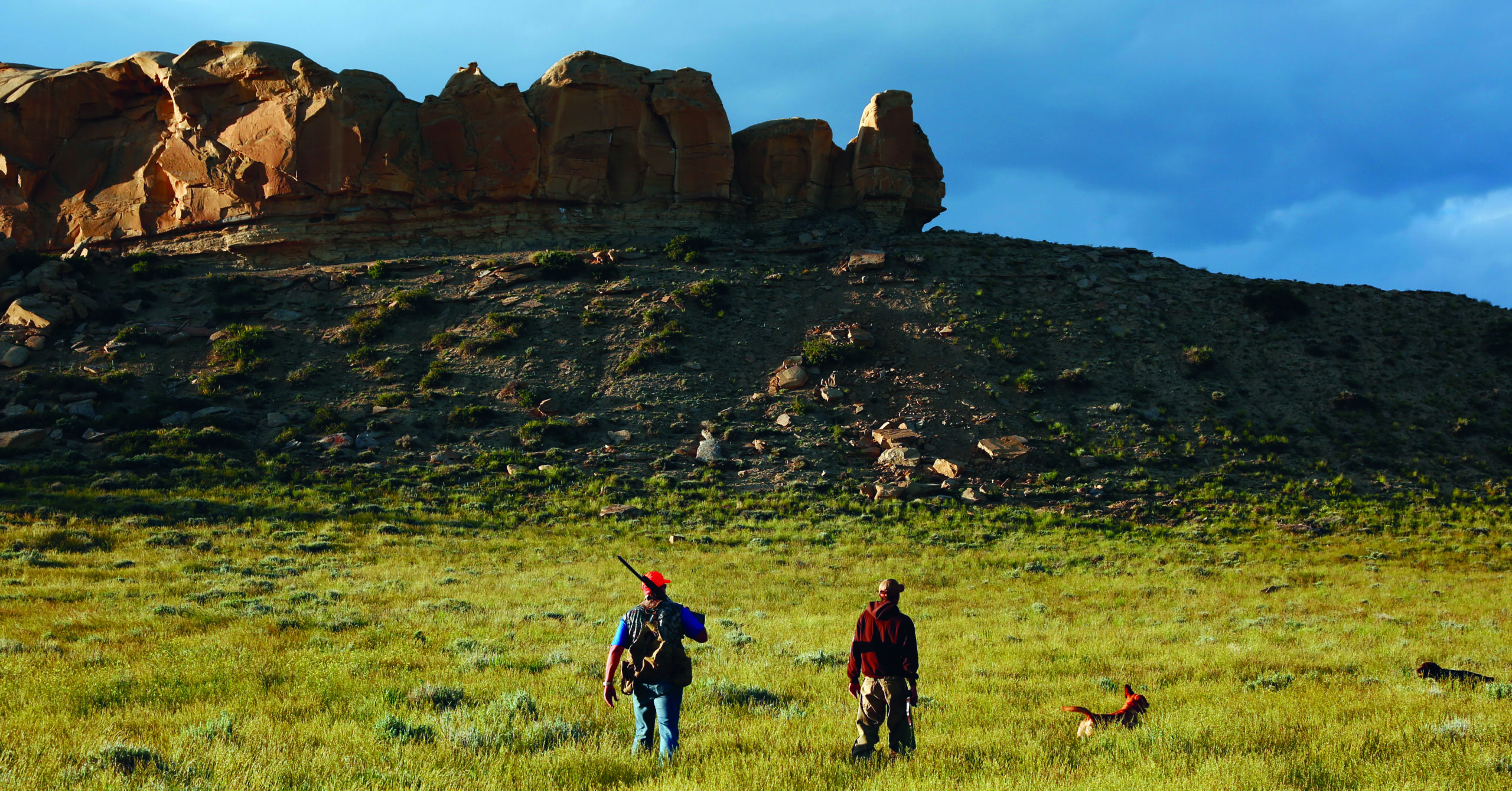
4) Use a Laser
For visual confirmation of where your muzzle tracks as you dry-fire along a wall, tape a laser pointer to your barrel. Instruct a friend to swing another laser and try to “shoot” it. Your friend can tell you if you were high, low, or behind. To analyze your technique, set up a camera to record over your shoulder and review your performance afterward.
5) Know Your Quarry
A big part of shooting birds effectively is confidence, including the confidence that the whirling blur you just flushed is legal game. Hen or rooster? Woodcock or thrush? Bobwhite or meadowlark? Just as pro batters can see the stitching on a 98 mph fastball, pro hunters can see the facial patterns, wing coverts, and tail feathers on a bird; identify the species and sex; and feel confident of their target, all within a split second.
Train yourself to do this by studying bird illustrations and photos. Good video of upland birds flushing is rare. Note distinguishing marks like the white neck collar of a rooster pheasant, a prairie chicken’s short tail compared to a hen pheasant’s longer tail, the white crest of a scaled quail versus the jutting black plume of a Gambel’s quail. Practice by looking at any flying bird and making an effort to key on distinctive features.
6) Get Out in the Field
The best way to prepare to shoot in the rough is to practice in the rough. Go afield with gun, shells, and a buddy with a hand clay thrower. Walk the same terrain and habitat you will for actual birds. Be ready, because your buddy could throw a bird anywhere at any time. To be fair, insist that he “brrrr” his lips or at least shout “bird!” when he throws. Then find the target and bust it. Intentionally push through brush, tall grass, and trees. Shoot from steep slopes and rocky ground if that’s where you expect to find your autumn quarry. This is real practice for real bird hunters.
Gear for Shotgunning
$29.33; wingoneusa.com
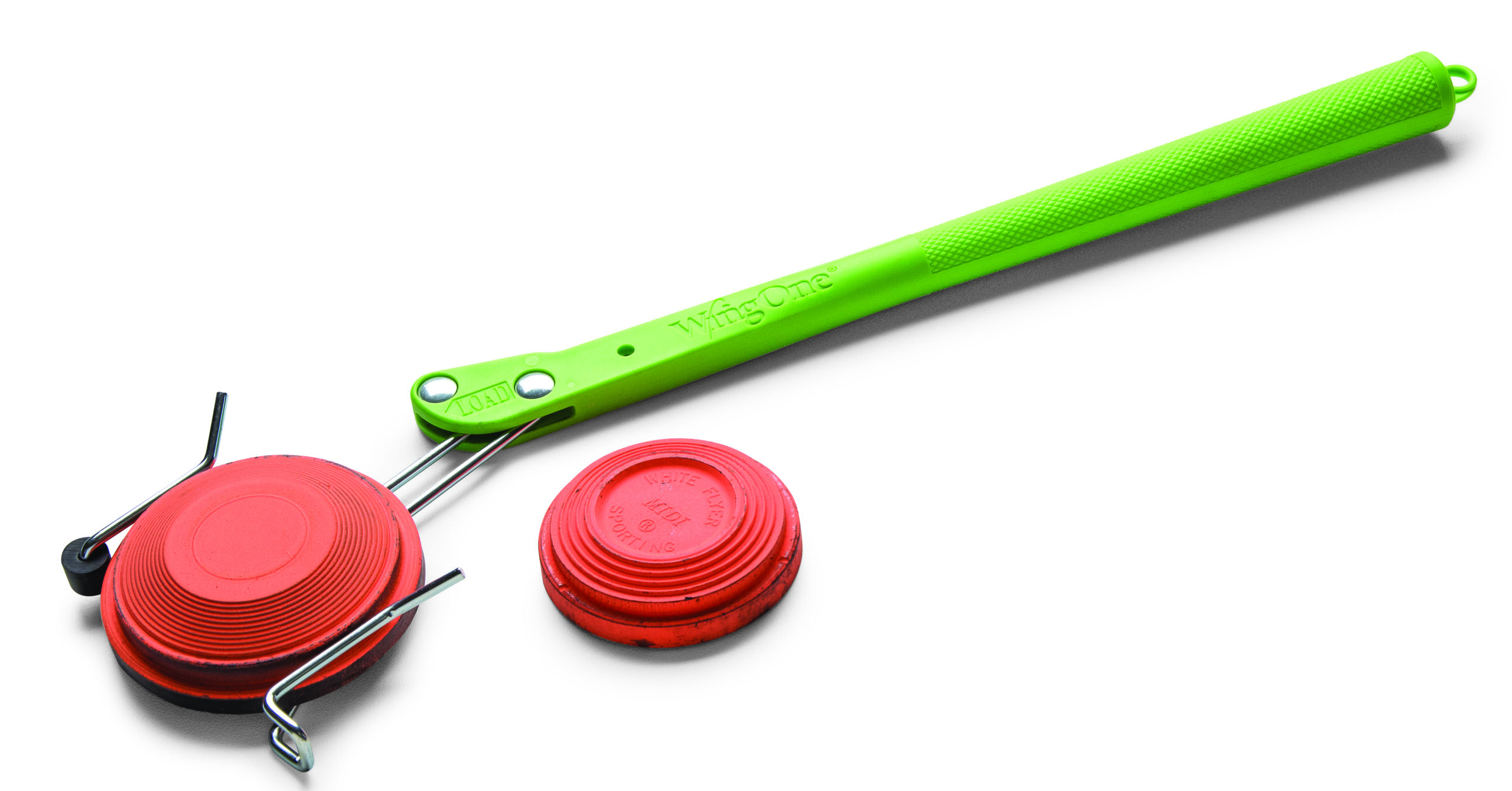
The Wing One hand thrower is the best I’ve ever tried. A hinged metal rack at the front loads easily without breaking the clays. The slightest flip of the wrist snaps it forward to fling the disc out, fast and far.
With a bit of practice you can master numerous presentations. It comes in right- and left-handed models, has a lifetime guarantee, and doesn’t cost much.
